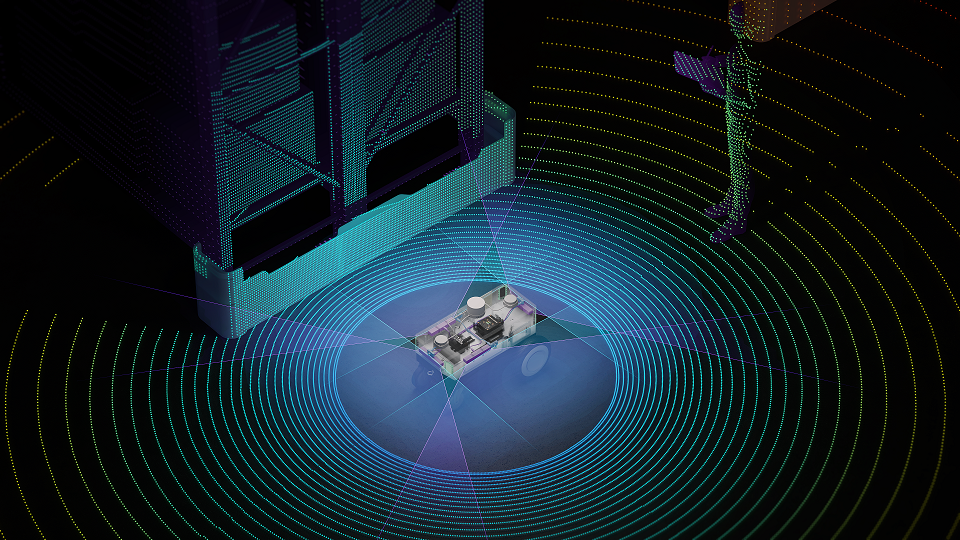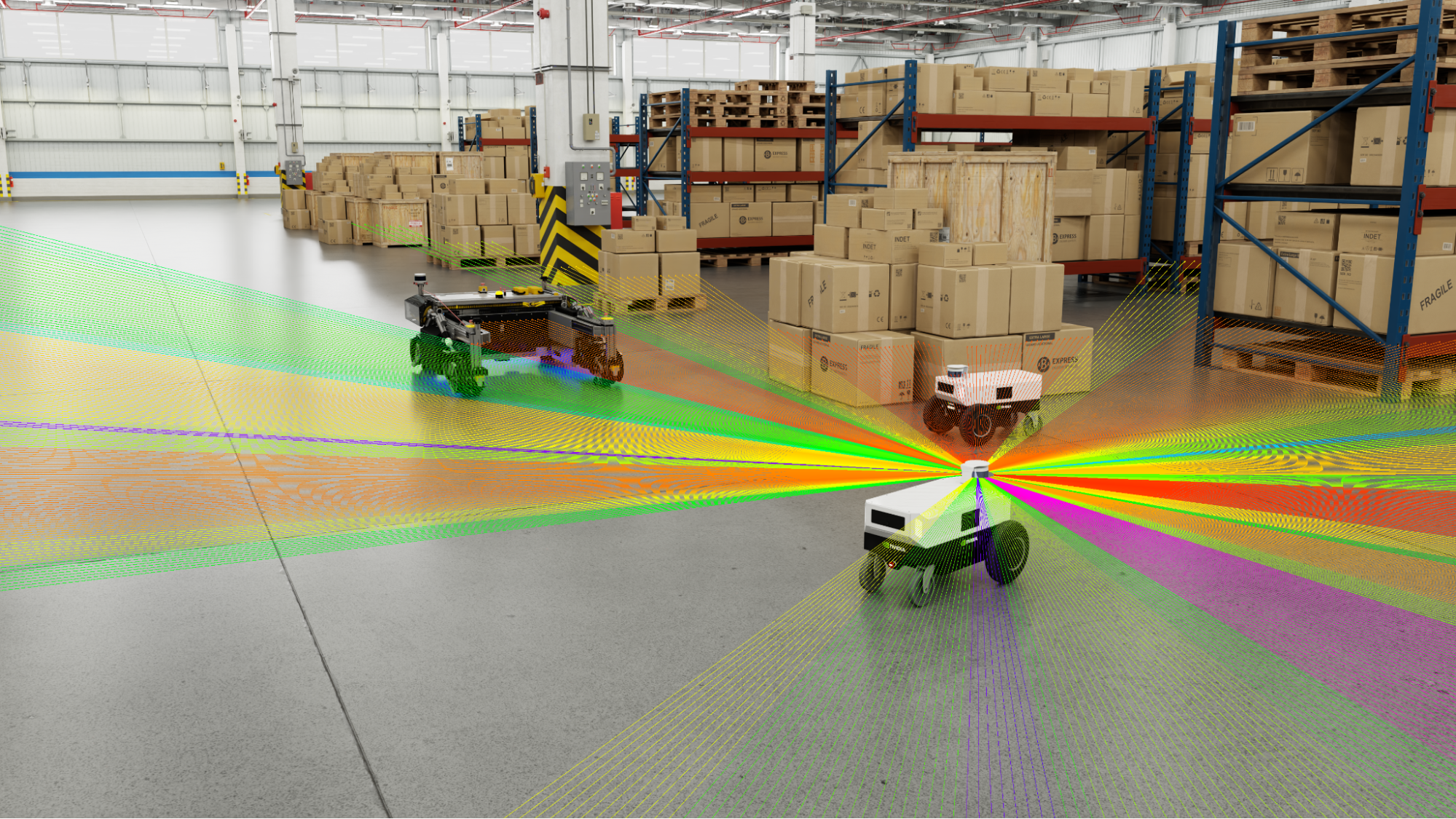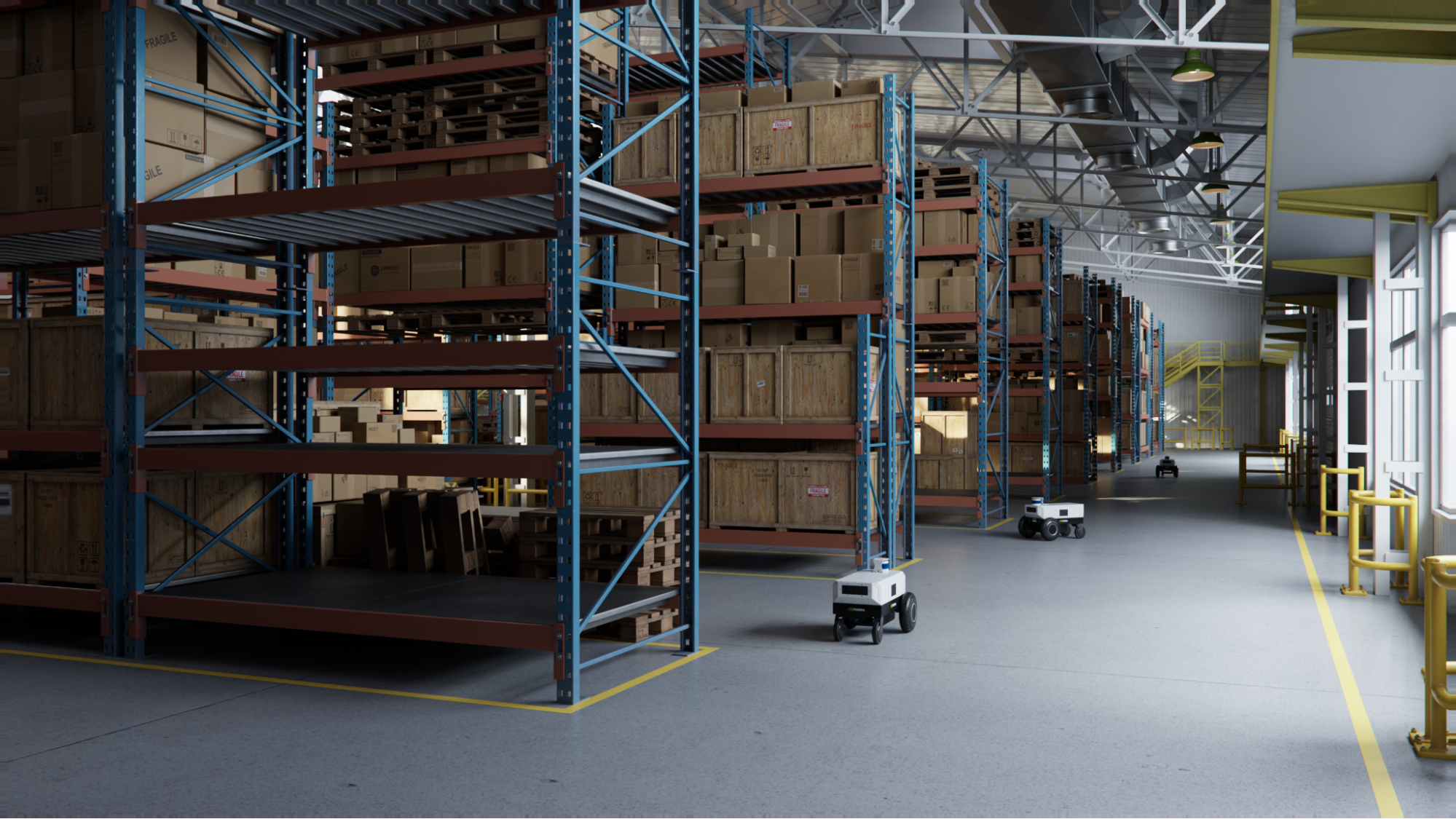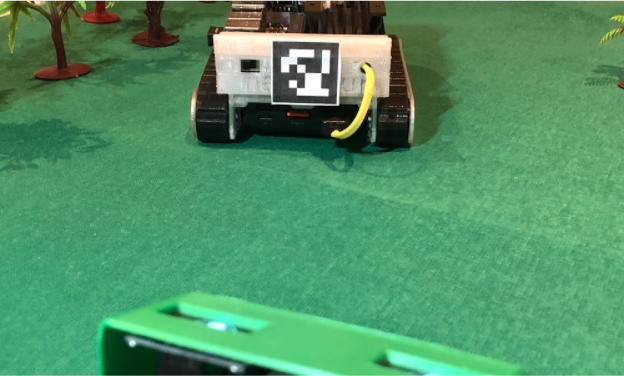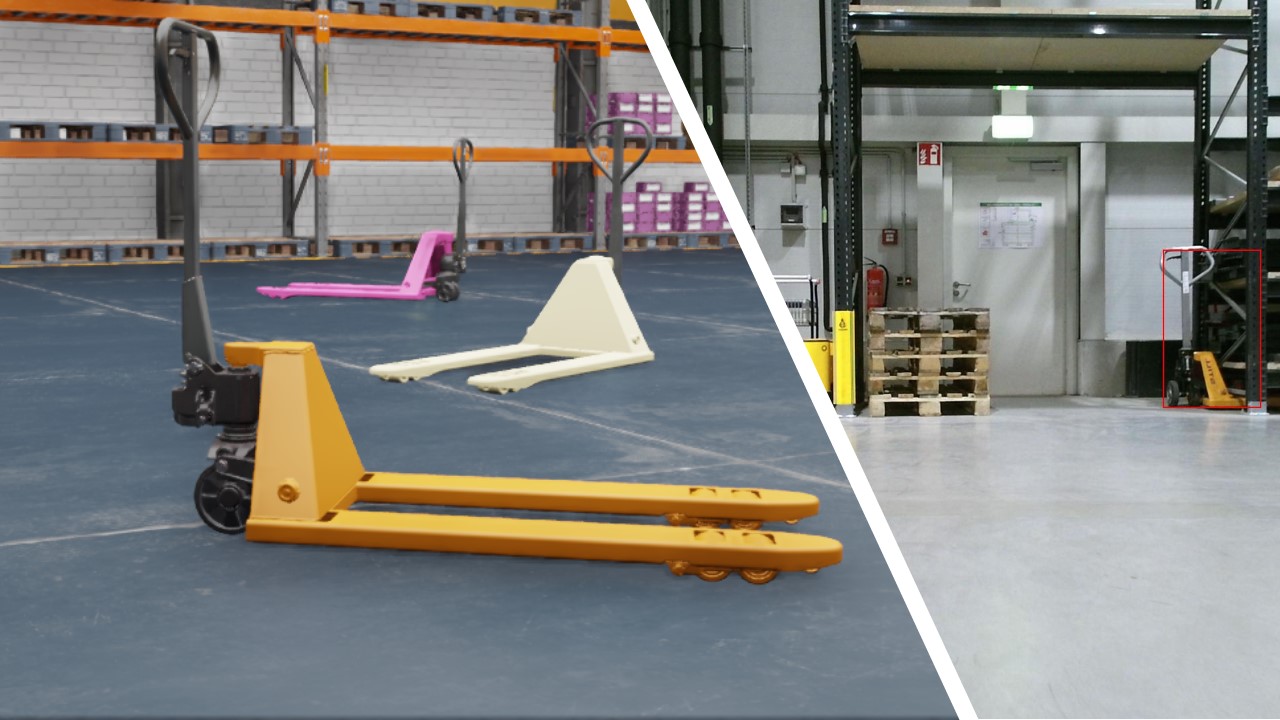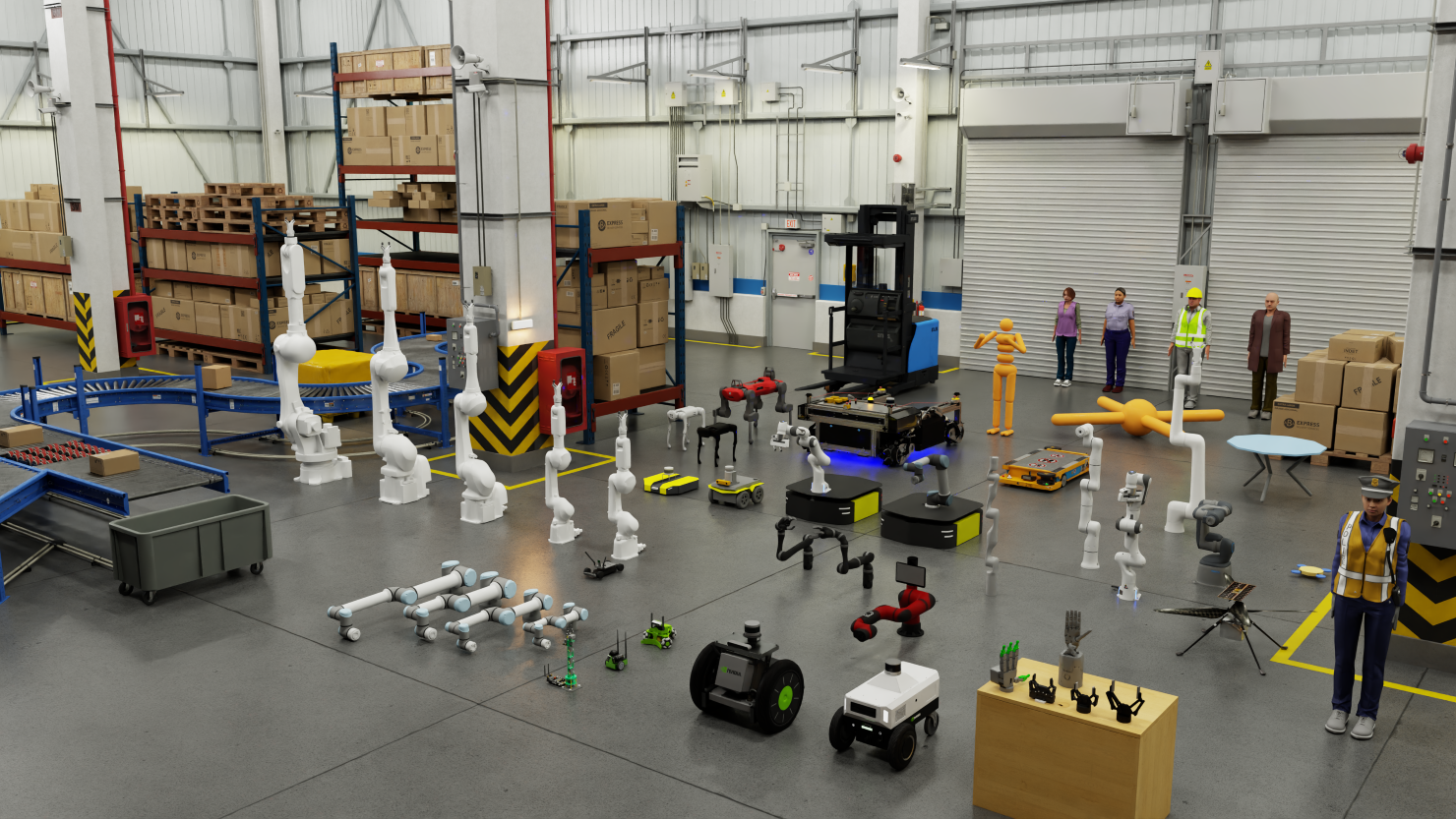NVIDIA announced major updates to the NVIDIA Isaac Robotics platform today at ROSCon 2023. The platform delivers performant perception and high-fidelity simulation to robotics developers worldwide. These updates include the release of NVIDIA Isaac ROS 2.0 and NVIDIA Isaac Sim 2023.1 and perception and simulation upgrades that simplify building and testing performant AI-based robotic applications for ROS developers.
“ROS continues to grow and evolve to provide open-source software for the whole robotics community,” said Geoff Biggs, CTO of the Open Source Robotics Foundation. “The new NVIDIA prebuilt ROS 2 packages, launched with this release, will accelerate that growth by making ROS 2 readily available to the vast NVIDIA Jetson developer community.”
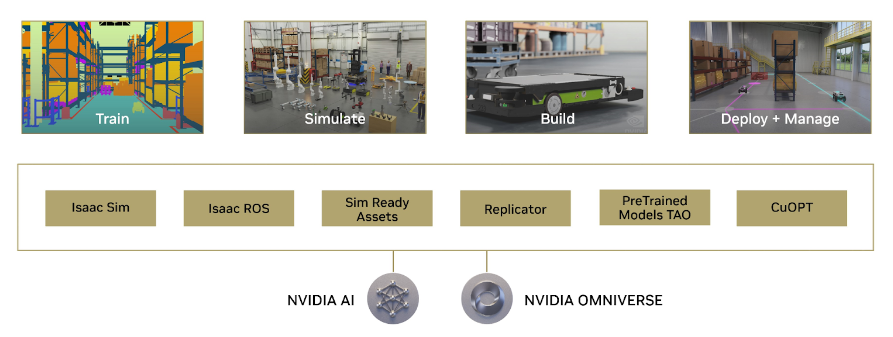
Isaac ROS 2.0
As robotics evolves toward higher levels of autonomy and the proliferation of diverse sensor technologies continues, the constraints of CPU-bound processing become evident. Accelerated computing has emerged as a natural solution to overcome these bottlenecks.
Isaac ROS brings much-needed accelerated computing capabilities to the ROS community, enabling the development of next-generation robotics solutions. Beyond offering a collection of accelerated ROS packages, NVIDIA also collaborates closely with Open Robotics to enhance the efficiency of the middleware itself. To learn more, see Improve Perception Performance for ROS 2 Applications with NVIDIA Isaac Transport for ROS.
The release of Isaac ROS 2.0 achieves production-quality readiness. Significant enhancements include:
- Native ROS 2 Humble support: NVIDIA will host installation-ready ROS 2 Humble packages for JetPack 5 on Ubuntu 20.04, eliminating the need for source code compilation.
- NITROS ROS bridge: This optimized ROS bridge delivers a 2x speedup compared to standard ROS bridges, extending Isaac ROS acceleration to ROS Noetic applications.
- CUDA NITROS: Empowers developers to use their own DNN models with custom encoders and decoders and harness the acceleration capabilities of NITROS.
- Stereolabs ZED camera integration: Isaac ROS is now integrated with Stereolabs ZED cameras.
- Nova Carter: Isaac ROS software including Nav 2 navigation stack now supported on Nova Carter, a reference AMR for robotics R&D, powered by NVIDIA Jetson AGX Orin.
- ESS 3.0 performance: The new ESS 3.0 depth perception DNN model offers improved accuracy and performance.
Developers worldwide leverage Isaac ROS for high-performance robotics solutions across diverse domains including agriculture, warehouse automation, last-mile delivery, and service robotics, among others.
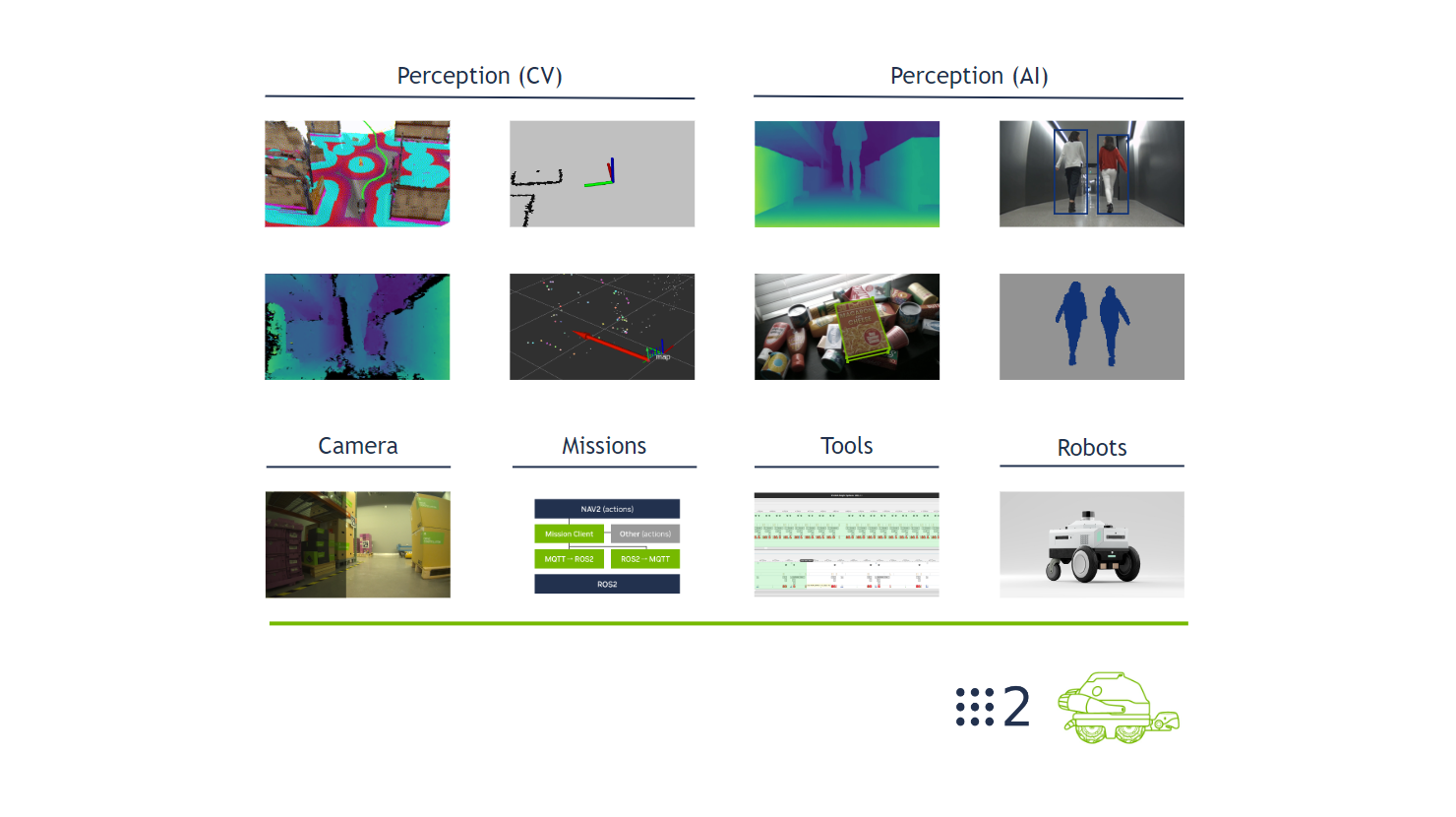
“It is the breadth of NVIDIA’s offering that makes it the perfect fit for FarmX,” said Dan Hennage, VP of Robotics at FarmX. “From the operating environment and libraries in Isaac ROS to the various modules that allow us to deploy on vehicles ranging from drones and large tractors, NVIDIA Jetson and Isaac ROS allow us to focus on developing our application and not worry about the platform.”
.lumen CEO and Founder Cornel Amariei said, “What we’ve built is the most advanced technology for blind assistance, scaling down autonomous driving to what people can comfortably wear on the head. It was only possible because of the NVIDIA Jetson platform, and the optimized packages, nodes, and features in Isaac ROS. From vSLAM to stereo perception, no other platform could have enabled us to do this.”
Isaac Sim 2023.1
Growing adoption of AI in robotics is set to accelerate automation across industries, from manufacturing to logistics to automotive. The challenge for those developing and testing AI models for robotics perception or control is often data scarcity. High-fidelity simulation is the key technology to address this scarcity.
Built on NVIDIA Omniverse, Isaac Sim is a robotics simulator for developing, training, testing, and deploying AI-enabled robots. Powerful built-in capabilities include NVIDIA Omniverse Replicator for generating synthetic data, and Isaac Gym for GPU-accelerated reinforcement learning. With the latest release of Omniverse Replicator 1.10, developers can boost synthetic data generation with a low-code, YAML-based configurator and asynchronous rendering.
Isaac Sim also includes accurate sensor simulations for most of the popular sensors available today. It supports ROS and ROS 2 and can additionally be controlled from a Python script.
The release of Isaac Sim 2023.1 provides many new features and improvements to advance AI-based robots, including:
- New built-in robot models and sensors: Quickly get started using built-in robot models and sensors. New robot models include FANUC and Techman. New sensors include Orbbec, SENSING, Zvision, Ouster, and RealSense.
- Improved ROS and ROS 2 support: Create custom ROS and ROS 2 messages to support your simulation applications. URDF/MJCF importers are now open source to give you more power when importing your robots into Isaac Sim.
- Enhanced synthetic data generation (SDG) support: Randomization in simulation added for manipulator and mobile robot applications. Learn more about new SDG capabilities enabled by the latest release of Omniverse Replicator.
- Warehouse builder modular 3D assets: Use SimReady warehouse scenes and assets to quickly create compelling warehouse environments to test and exercise robot solutions.
Many companies are developing robots and automation solutions following a simulation-first approach. This requires high-fidelity simulation to validate design and throughput before building the solution.
“At Collaborative Robotics, we have a deep conviction that the future of robotics involves collaborative robots working alongside humans,” said Jon Battles, VP of Technology Strategy. “We’ve adopted a sim-first development approach, using Isaac Sim extensively to accelerate our development and deployment timelines.”
RIOS VP of Engineering Chris Paulson said, “NVIDIA Isaac Sim is pivotal for how RIOS designs, tests, and implements advanced AI-powered robots-as-a-service (RaaS) work cells for the intelligent factory of the future. Isaac Sim is a critical platform for reducing project risk, derisking new work cell designs, and simplifying the development of complex robotic task execution. Our internal customer-facing tools also leverage Isaac Sim as a platform to quickly and efficiently deliver state-of-the-art robotics to our customers.”
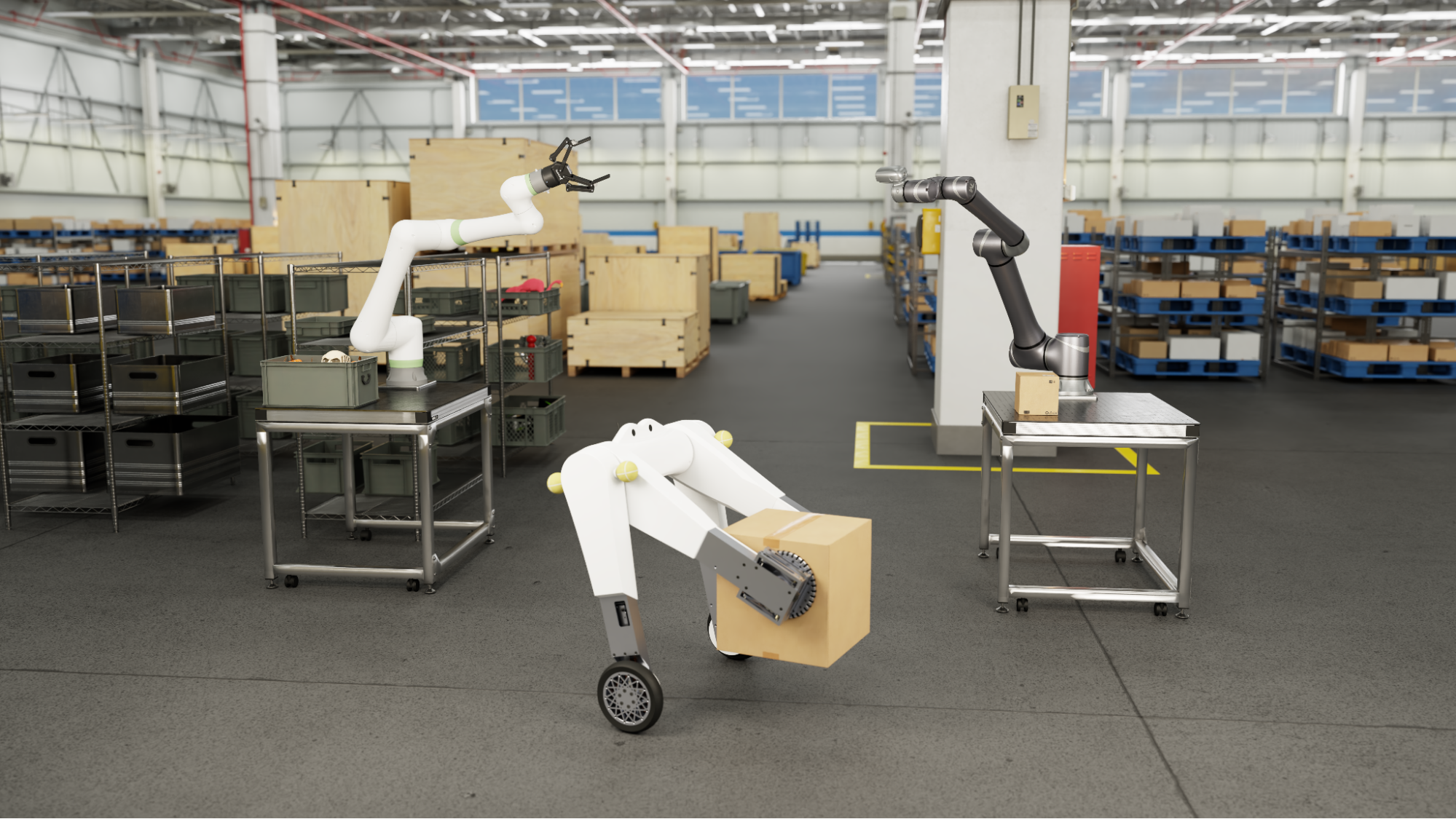
The NVIDIA Isaac Robotics platform is designed from the ground up to advance AI in robotics. The latest Isaac ROS updates will make NVIDIA AI perception easier to leverage for ROS developers. And the latest release of Isaac Sim is packed with new features to easily develop, test, and train AI robots in the virtual world before deploying them to the real world. Join the thousands of developers working with NVIDIA Isaac ROS and Isaac Sim.
To learn more, register for the upcoming Isaac ROS webinar Need for Noetic Speed: Bringing NITROS to ROS. Join NVIDIA at ROSCon 2023 for the latest announcements, demos, contests, and partner news. And check out the NVIDIA speakers and panelists at RoboBusiness 2023.
